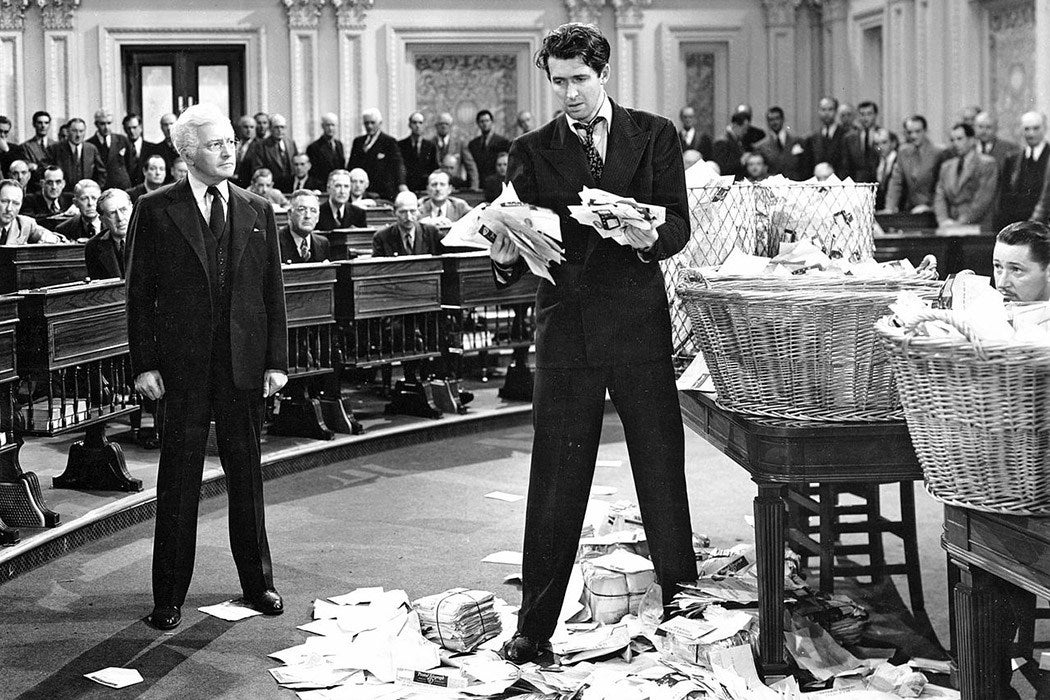Selling Vehicles Below Dealer Invoice: Complete Guide to Profitable Strategies
Understanding dealer invoice pricing
Dealer invoice represent the amount manufacturers charge dealerships for vehicles. Yet, this figure doesn’t tell the complete story of automotive retail economics. Multiple revenue streams and manufacturer incentives create opportunities for dealers to sell below invoice while maintain profitability.
The invoice price includes the base vehicle cost, options, and destination charges. Yet dealers receive various forms of compensation that aren’t directly visible in the invoice amount. Understand these hide profit centers is crucial for comprehend how below invoice sales work.

Source: alamy.com
Manufacturer incentives and holdback programs
Holdback represent a percentage of the vehicle’s MSRP or invoice price that manufacturers pay dealers quarterly or monthly. This money basically reduces the dealer’s actual cost below the stated invoice price. Holdback percentages typically range from 2 % to 3 % ofMSRPp, provide dealers with build in profit margins.
Factory to dealer incentives far reduce effective vehicle costs. These incentives vary base on sales volume, seasonal promotions, and inventory management goals. Dealers who meet specific targets receive cash bonuses that can importantly impact their bottom line.
Volume bonuses reward dealers for sale predetermine quantities within specific timeframes. These bonuses can range from hundreds to thousands of dollars per vehicle, depend on the manufacturer and achievement level. Smart dealers factor these potential earnings into their pricing strategies.
Floor plan assistance and interest credits
Floor plan financing allow dealers to stock inventory without immediate payment. Manufacturers oftentimes provide interest assistance or credits that reduce carry costs. These savings create additional room for competitive pricing while maintain profitability.
Some manufacturers offer interest free periods or reduced rates for fasting move inventory. Dealers who turn inventory rapidly benefit from these programs, enable them to pass savings to customers while preserve margins.
Service and parts revenue streams
Vehicle sales much serve as loss-leaders for more profitable service and parts operations. Dealers understand that customers who purchase vehicles typically return for maintenance and repairs. This long term relationship value justifies selling vehicles at minimal margins or slight losses.
Extended warranty sales, service contracts, and maintenance packages generate substantial revenue. These products carry high profit margins and create ongoing customer relationships. Dealers factor this potential income when determine acceptable vehicle sale prices.
Parts and accessories sales provide additional revenue opportunities. Many customers purchase add-ons, upgrades, or replacement parts over their vehicle ownership period. This ancillary income support aggressive vehicle pricing strategies.
Finance and insurance profit centers
Financing arrangements generate significant dealer revenue through lender relationships. Dealers receive compensation for arrange loans, much earn percentages of loan amounts or flat fees per transaction. This income stream helps offset reduce vehicle margins.
Insurance product sales, include extended warranties, gap coverage, and protection packages, provide high margin revenue. These products much carry 50 % or higher profit margins, make them attractive alternatives to vehicle profit.
Lease transactions oftentimes offer better dealer compensation than traditional sales. Manufacturers may provide enhanced incentives for lease deals, make below invoice pricing more feasible for these arrangements.
Inventory management strategies
Age inventory create carry costs that motivate dealers to accept lower margins. Vehicles approach model year changes or sit on lots for extend periods become candidates for below invoice pricing to free up floor plan space and reduce interest expenses.
Manufacturers sometimes offer additional incentives for move tedious sell models or colors. These special programs can provide enough compensation to justify below invoice pricing while clear unwanted inventory.
End of month, quarter, or model year pushes oftentimes trigger enhance dealer incentives. Time purchases during these periods increase the likelihood of below invoice deals as dealers work to meet targets and earn bonuses.
Customer relationship value
Repeat customers and referrals justify aggressive pricing on individual transactions. Dealers understand that satisfied customers return for future purchases and recommend friends and family. This lifetime value calculation support below invoice pricing for relationship building purposes.
Corporate fleet accounts oft receive below invoice pricing in exchange for volume commitments. These relationships provide steady sales volumes and predictable revenue streams that offset individual transaction losses.
Marketing and advertising benefits
Below invoice pricing create powerful marketing messages that attract customers and generate showroom traffic. The result foot traffic much lead to additional sales at normal margins, make loss-leader pricing strategies profitable boiler suit.
Competitive market positioning sometimes require below invoice pricing to maintain market share. Dealers view this as a cost of do business in extremely competitive markets where customer acquisition costs justify reduce margins.
Seasonal and promotional opportunities
Holiday promotions and seasonal sales events oft feature manufacturer support that enable below invoice pricing. These limit time offer create urgency while provide dealers with additional compensation to offset reduce margins.
Model changeover period present natural opportunities for below invoice pricing as dealers clear current inventory to make room for new models. Manufacturers typically provide transition incentives that support aggressive pricing.
Technology and efficiency gains
Modern dealership operations benefit from improved efficiency and reduce overhead costs. Digital marketing, streamlined processes, and better inventory management create cost savings that can be pass to customers through competitive pricing.
Online sales platforms reduce traditional overhead costs associate with showroom operations. These savings enable dealers to offer more competitive pricing while maintain profitability through reduce operational expenses.
Strategic loss-leader approach
Some dealers use below invoice pricing strategically to build market share and establish customer bases. These calculate losses are view as investments in long term business growth and market position.
New dealerships or those enter new markets oftentimes employ aggressive pricing to establish presence and attract customers from competitors. The initial investment in below invoice pricing pay dividends through increase market share and customer loyalty.
Manufacturer relationship benefits
Strong manufacturer relationships oftentimes result in additional support and incentives that aren’t wide publicize. Preferred dealers may receive enhanced programs that enable more aggressive pricing strategies.
Heights perform dealers sometimes gain access to special inventory allocations or limited edition models that command premium prices, offset losses from below invoice sales on regular inventory.
Implementation best practices
Successful below invoice selling require careful financial planning and clear understanding of all revenue streams. Dealers must track total transaction profitability kinda than focus exclusively on vehicle margins.
Staff training ensure sales teams understand the complete value proposition and can efficaciously present below invoice offers while maximize ancillary revenue opportunities. Proper training prevents margin erosion in other profit centers.
Customer communication about below invoice pricing must be transparent and honest. Build trust through straightforward pricing discussions create stronger customer relationships and increases likelihood of future business.
Effective inventory management ensure below invoice pricing target appropriate vehicles and situations. Random discounting without strategic purpose can damage profitability and brand perception.

Source: alamy.com
Financial controls and monitoring systems help dealers track the true profitability of below invoice strategies. Regular analysis ensure these approaches contribute positively to overall business performance.


